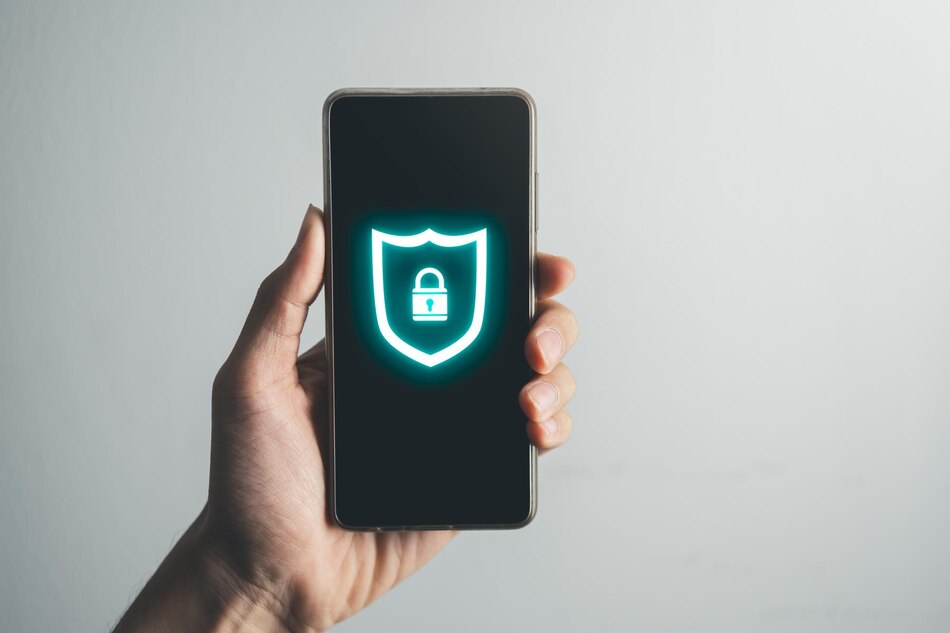In the digital age, social media is part of our daily life. Instagram, a popular photo-sharing app, follows suit. Users trust these platforms with personal data; thus, strong security is essential. This article discusses Instagram app authentication and recommended practices to improve security.
Strong Passwords And Mfa
User password strength is crucial to authentication. Users need to pay more attention to the necessity of complicated passwords, exposing their accounts to hackers. Instagram realizes this and requires passwords to include uppercase and lowercase letters, numbers, and symbols. Users must create strong passwords.
Instagram uses Multi-Factor Authentication (MFA) to strengthen account security beyond passwords. MFA requires a text message or authentication app to prove identification. MFA dramatically minimizes unwanted access, introducing a hacker hurdle. Instagram users should activate MFA to increase account security.
Secure And Seamless Biometric Authentication
In recent years, biometric authentication has become a secure and easy way to verify identity. Instagram uses fingerprint and facial recognition to make account access easy and fast.
Biometric authentication reduces password-related vulnerabilities by eliminating them. Biometric authentication makes Instagram logins easy and fast, improving usability. Users are encouraged to utilize these advanced authentication techniques to balance convenience and security.
Continuous Monitoring, Adaptive Authentication
Authentication continues after login. Instagram detects anomalous account activity with continuous monitoring and adaptive authentication. Instagram’s security algorithms can detect suspect login attempts from unfamiliar devices or times by evaluating user activity, device information, and location data.
Adaptive authentication dynamically detects risks and requires additional verification of abnormalities. Instagram can quickly prevent illegal access with this proactive technique. Users should be watchful and report suspicious activity immediately. Instagram’s security measures also encourage users to update their account recovery information to ensure a smooth recovery during a security incident.
Instagram Downloader- saveinsta download
Oauth Tokens And App Permissions: Striking The Right Balance
Instagram grants third-party apps limited access to user accounts using OAuth tokens. Integrations and extra features improve user experience but can increase security threats. Users often offer excessive permissions without knowing the consequences, exposing their accounts to illegal access.
Instagram users must authorize third-party apps carefully to reduce these hazards. Before providing access, check and understand each application’s rights. Restricting permissions to the minimal needed for program functionality minimizes the attack surface and data theft. Auditing and revoking access for unused or superfluous apps improves security and ensures only trusted parties may access Instagram data.
Account Recovery: Establishing A Secure Safety Net
A robust account recovery method is essential in case of a lost password or compromised account. Instagram offers email and phone number verification for account recovery. Users should verify and update their contact information to secure these recovery methods. Instagram lets users recommend trusted contacts for account recovery, providing another layer of security.
Users must answer security questions correctly and choose unique, unguessable information. To ensure account retrieval, create a strong and memorable recovery code. However, users should safeguard this code to prevent unwanted access. Users can avoid the loss of accounts and ensure authentication integrity by proactively monitoring account recovery settings.
First Line Of Defense: User Education
No security mechanism is foolproof without user education about dangers and best practices. As a responsible platform, Instagram educates users about security risks and precautions. Users receive regular warnings about phishing, strange websites, and unwanted login notifications.
Instagram offers security blogs, recommendations, and tutorials to raise user awareness. Users can make better decisions by staying updated on security upgrades and learning about new risks. This insight strengthens Instagram’s security against social engineering and phishing assaults.
Protecting Personal Space With Geolocation
Instagram’s geolocation features customize postings by sharing location. Geotagging without consideration can put users in danger of privacy and security issues. Cybercriminals can use location data to follow individuals and pose physical or digital risks.
Instagram users should utilize geolocation settings sparingly to reduce these hazards. Limiting location-tagged posts prevents sensitive information from being shared. Users should also turn off location services when not in use and avoid real-time location sharing. Users balance customization and security by controlling geolocation settings and protecting their physical and digital health.
Access Point Monitoring: Device Management
Instagram account security depends on access devices. Instagram lets users manage active sessions and device access. Simple but effective account security measures include checking and logging out of inactive sessions, especially on shared or public devices.
Device management on Instagram lets users see which devices have accessed their accounts recently. Users can immediately log out of all sessions or revoke access from unknown devices. This proactive method guarantees users keep account control and respond quickly to fraudulent access attempts.
Dealing With Security Breach
Despite strong protection, unexpected incidents may occur. Such situations require a clear incident response plan. Instagram lets users report suspicious activity, hijacked accounts, and security issues. Report any suspicious activity and follow the account recovery process to restore control.
Instagram’s help center and support channels address security vulnerabilities. Users can learn to spot phishing, secure compromised accounts, and report security risks. User familiarity with these resources helps them respond quickly and effectively to security incidents, limiting damage to their Instagram accounts.
Conclusion
Multiple authentication methods are needed to secure Instagram. Password best practices, biometric authentication, Multi-Factor Authentication, and constant monitoring can significantly improve account security. Maintaining a secure Instagram and social media presence requires abreast of new threats and changing security settings.
